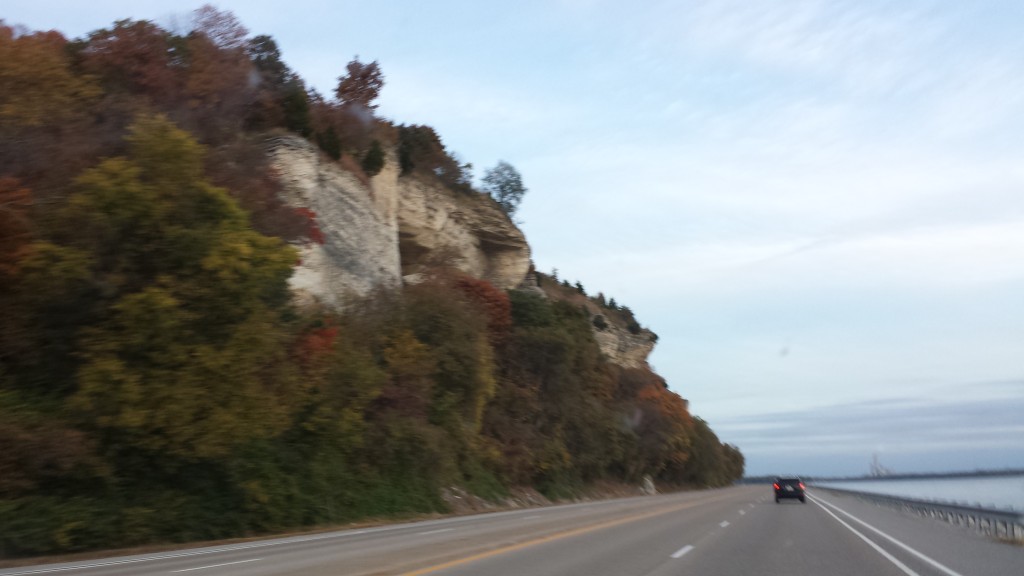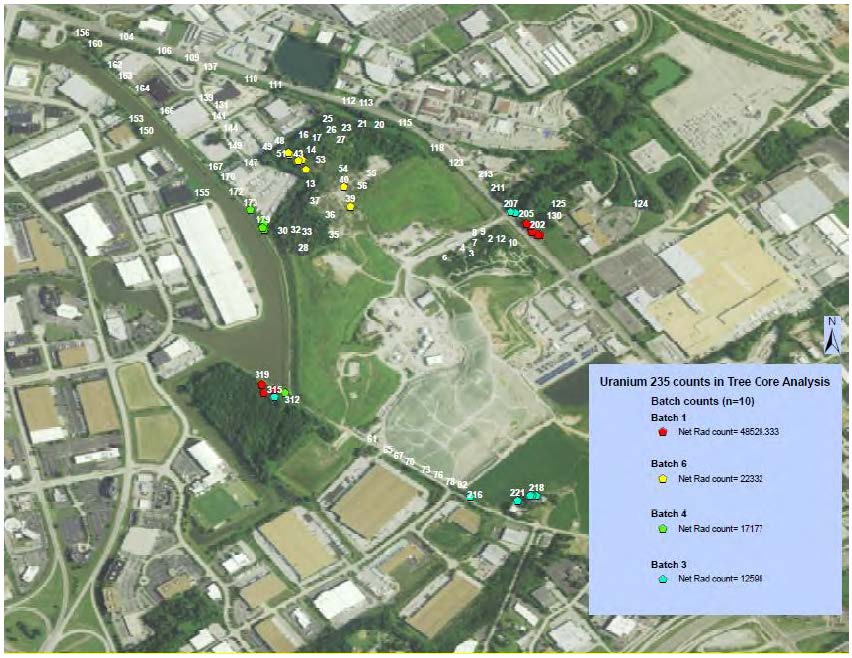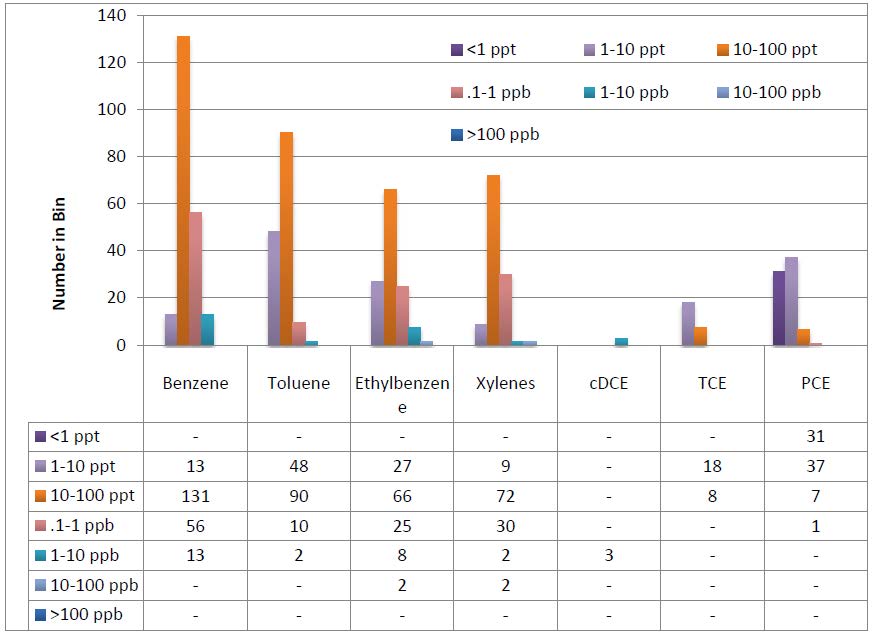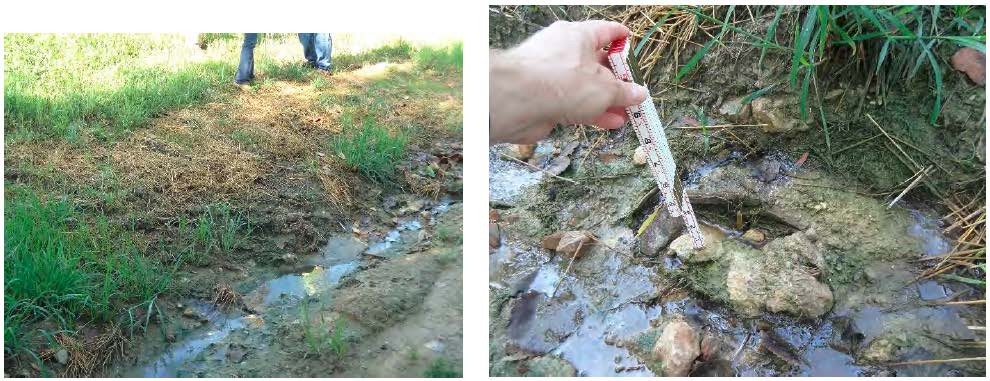Mather Lodge tour
October 31st, 2015
From a U.S. Forest Service tour, happening right now, here in our “office” for the morning:
Mather Lodge at Petit Jean State Park was redone in 2010 to bring it back to its 1930s splendor.
Finished in 1935, idea was to build a park lodge in National Park Service style of rustic architecture. In 1906, there was a lot of timber cutting, there was a mill called the Fowler Mill, owned by Ft. Smith lumber company, doing very well at the turn of the century. The lumber hired a Dr. Hardiston, who grew to love the area, and pushed the company to donate the area, and that idea simmered for a while.
By 1916, the army was released from their caretaking of National Parks. National Park Service formed in 1916, and were looking for a special person, and that was “Mather,” Steven Mather, owned the “Twenty Mule Team Borax” company. Dr. Hardiston went to see Steven Mather to get this area as a National Park, Hardiston and board did a “feasibility study” riding their horses around, got 1,100 acres, and so when he met with Mather, they joined forces to create the park. What Mather proposed, due to low numbers of acres, was to put together a National Conference of State Parks, where National service would come in with design help. Hardiston went to the state legislator in 1923, first proposal for a state park in Arkansas, and Petit Jean became a state park in March 1923. At this time, there was nothing here but woods and gravel roads and a few paths.
After the crash, Roosevelt created the Civilian Conservation Corps, and they created camps who went around and built infrastructure. Dr. Hardiston petitioned for a camp for Petit Jean, and got it, a veteran camp of WWI vets. National Park Service joined with CCC and drew up plans for the park, even though it’s a state park. There’s an old chimney and a statute, and that is where the camp was. It was named for Mather because of his contributions to make this park happen — no other park has a Mather lodge.
It was one of the projects designed by the National Park Service, all the details including walls, trails, and all the buildings. An engineer, Samuel Davies, came up, and brought his son too, and he became Superintendent.
There was some community division as this got going, but they started holding community dances, and they got community support.
They built the lodge with the resources on site, the logs and stone, if they weren’t stone masons to start, they became stone masons.
There were 8 cottages originally, and more later. The original lodge rooms were small, and standards have changed, then there was just a small room, with a bathroom down the hall. There’s a swimming pool now, the first one built in the 60s, and the one today built a few years ago.
And off the go to tour another area of the lodge! And so off we go to check out another part of Arkansas!
Rice in Arkansas
October 29th, 2015
Driving south through Missouri, it was pouring rain, and then into Arkansas, it kept up, and all along Hwy. 67, the fields were flooded, water in the ditches too. But I noticed that there was irrigation, but just a pipe into a field, and there were berms around a field. Much harvesting was done, but there were also fields full of green, and given the temps here, that makes sense. But what were these things that looked like a lot of little corn plants, maybe a foot tall with pretty thick leaves? DOH! They grow rice here!
What’s the scoop? Kind of surprising! 48% of US grown rice is grown in Arkansas! Or 45% depending who you ask. I’d remembered that lots of it was grown here from delivering big bags of rice for D.A.N.C.e Warehouse, but about 1/2 of U.S. rice is pretty amazing for such a small geographic area.
Here’s the How-To for Rice:
Rice Crop Timeline for the Southern States of Arkansas, Louisiana and Mississippi
Heading to Mt. Nebo State Park today, it is beautiful. Here’s today’s view from the office, sunny warm day, don’t miss the Minnesota snow one bit!
Heading south, and feeling the hurricane presence!
October 28th, 2015
It was one of those days yesterday! But I felt it right away, BOOM! … and Alan had reinflated the spare, so we were good to go in 10 minutes! The rain though, I guess the hurricane remnants blew upward, and it rained and rained, water high in the ditches as we blasted past the rice paddies of Arkansas (harvest almost done), and poor Little Sadie freaking most of the day. But we made it to Petit Jean Park, and it is amazing, like a very hilly Itasca, complete with a CCC lodge, and intense views. Excellent campground! Towering pines over the camper awning:
And the obligatory Petit Jean State Park photo:
Like wow, and it’s barely fall here, trees still green, tent screens open and life is good!
Life on the Mississippi!
October 26th, 2015
St. Louis area landfill burning near nuclear waste
October 23rd, 2015
This has been in the news a lot lately due to the Missouri Attorney General’s release of reports that are part of a lawsuit against the owners of the landfill, Republic Services, which, the AG states has “poisoned its neighbors’ groundwater and vegetation.” Great… just great… What I get out of this is that the fire’s movement towards the nuclear waste is a concern, but there are already significant problems in the here and now to deal with.
Site Q on the map above is right by the Candlewood Inn hotel that I stay at during BaronFest, held at the home of a friend in Maryland Heights just south of the bottom center of this map. Here’s Kady, settled into the hotel:
The reports released are pretty disturbing. Here are some maps from the Westlake Landfill Tree Core Analysis – Burken/Usman showing elevated U-235 in tree core samples:
And here’s a similar map for Thorium, but note this concentration is to the north:
And from the same report, check out these carcinogens in the core samples:
And from the Field Inspection Reports – Stark, visible leachate outbreak — it’s clearly not contained:
The primary documents from the Missouri Attorney General’s site:
- West Lake Landfill Organic Pollutant Phytoforensic Assessment – Burken
- Westlake Landfill Phytoforensic Assessment using Gamma Spectroscopy – Usman
- Westlake Landfill Tree Core Analysis – Burken/Usman
- Bridgeton Sanitary Landfill Groundwater Investigation – Price/Wronkiewicz
- Subsurface Self Sustaining Reaction Incident – Sperling/Abedini
- Bridgeton Sanitary Landfill Incident – Thalhamer
- Field Inspection Reports – Stark
- Bridgeton Landfill Downwind Odor Assessment – Wright
- Feasibility Study – Groundwater Remediation – Hemmen
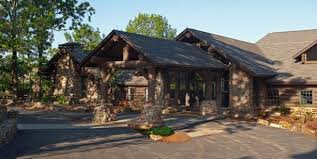
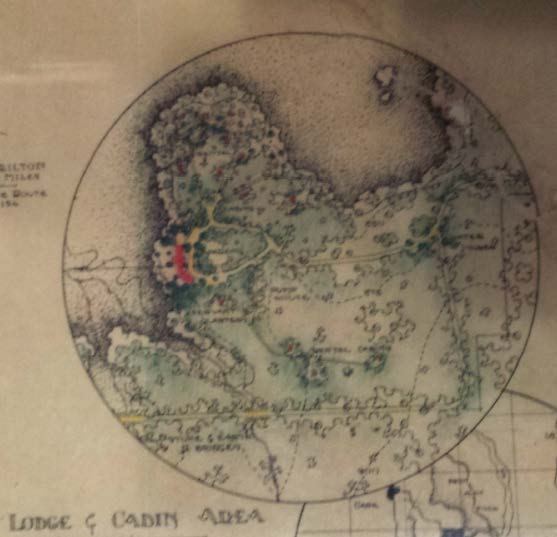
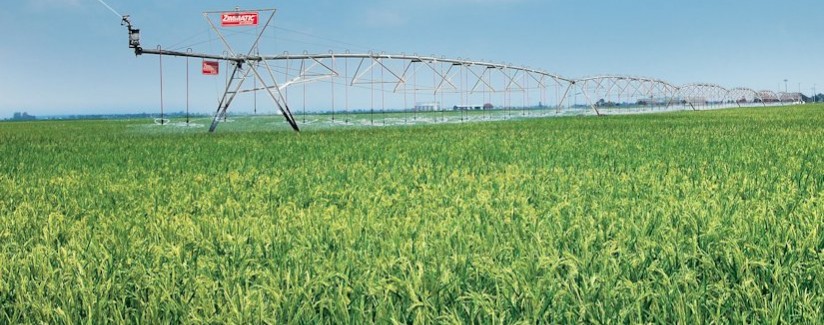

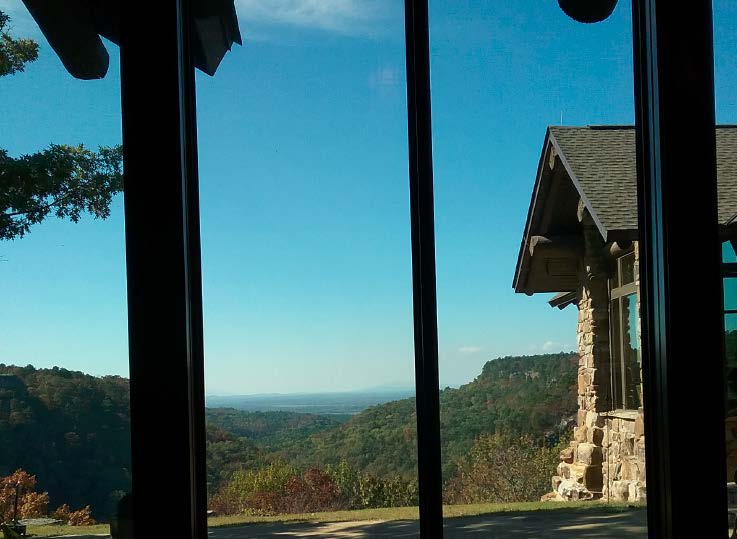
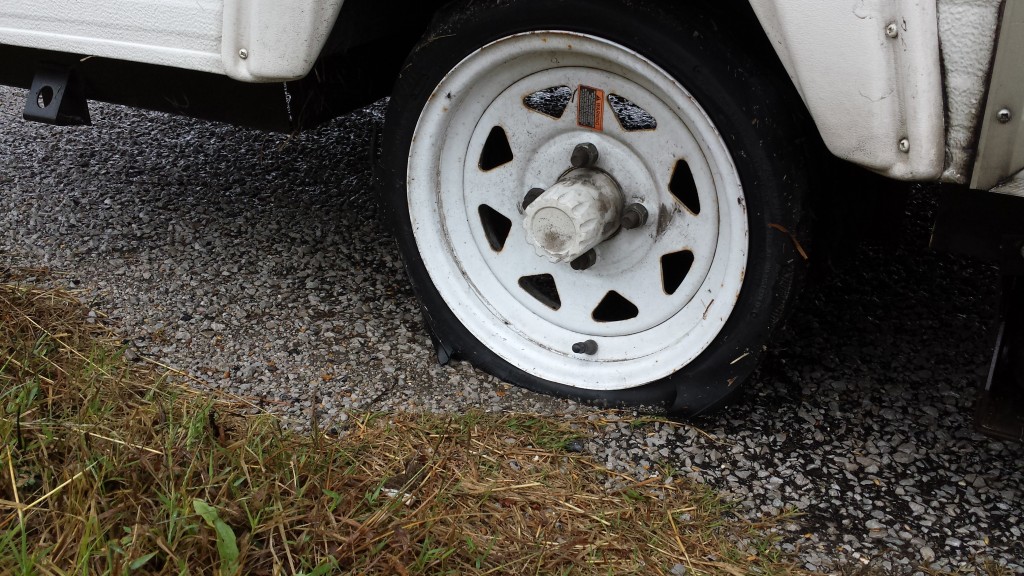
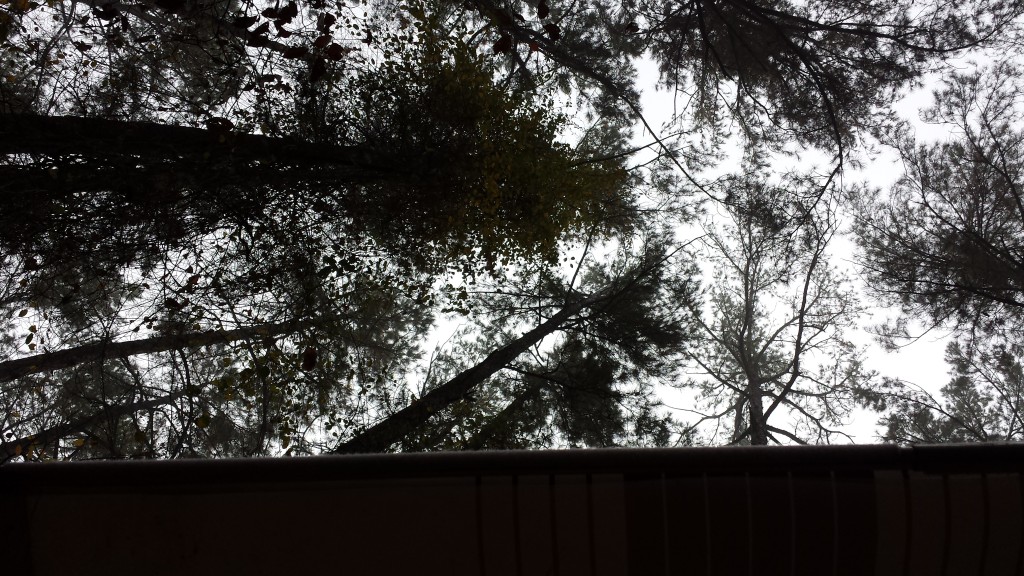
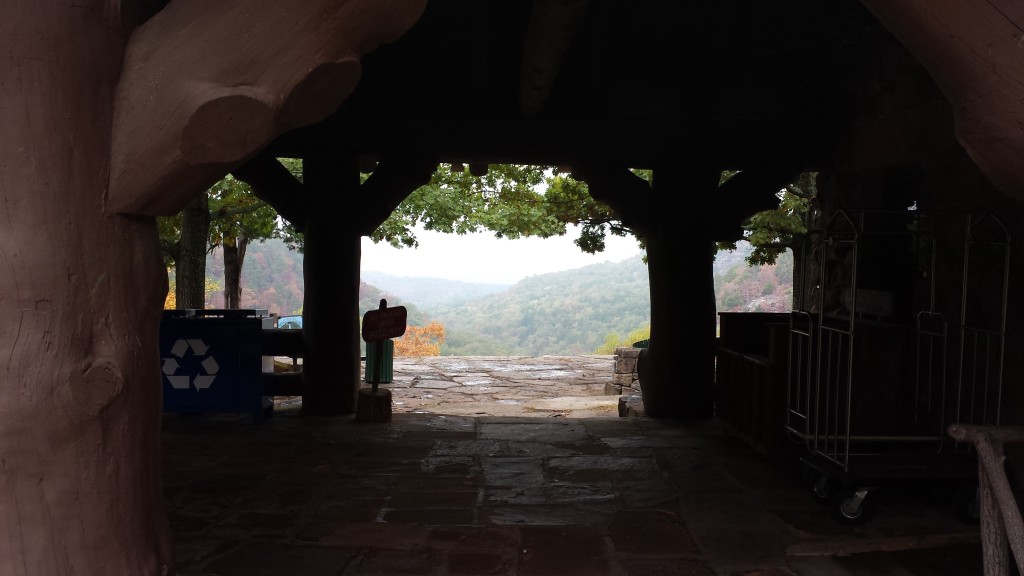
![20151026_130812[1]](https://legalectric.org/f/2015/10/20151026_1308121-1024x576.jpg)
